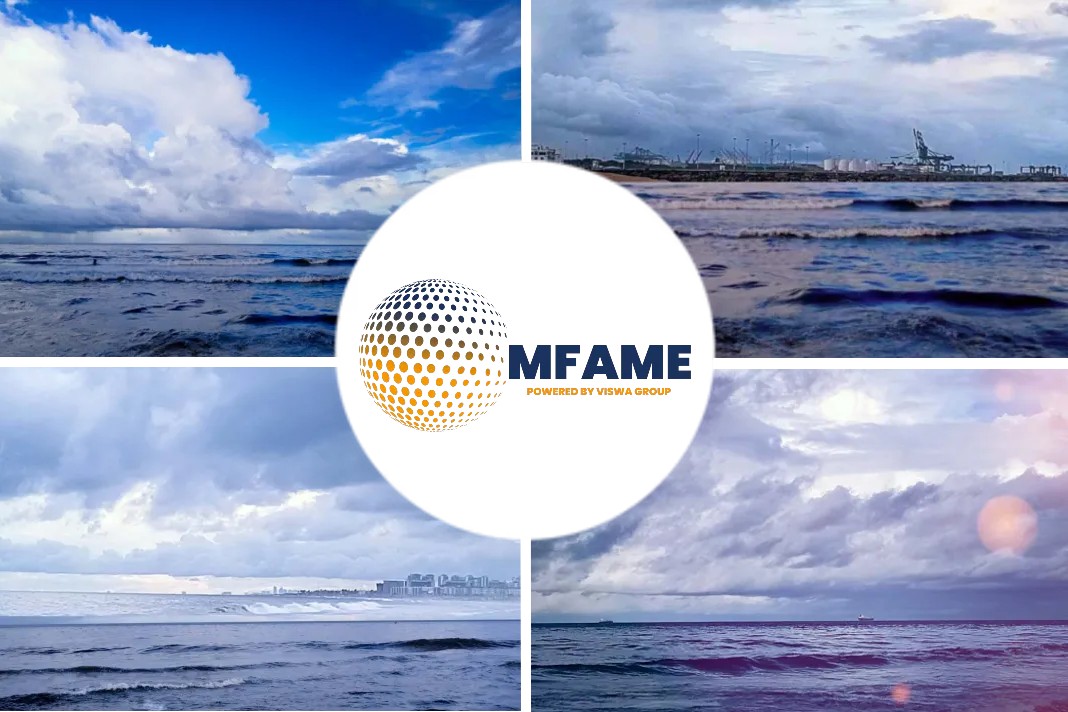Norwegian Electric Systems (NES) has informed it is taking part in a ‘revolutionary’ project combining batteries and hydrogen fuel cells which will enable ships to achieve zero-emission operations in the World Heritage Fjords and along parts of the Norwegian coastal route, reports Recharge News.
Hydrogen in place of compressed gas
Stein Ruben Larsen, Senior Vice President Sales at NES, said the Bergen-based company is leading the integration efforts that will see the largest fuel cell ever seen on a large vessel, being fed hydrogen from liquid storage instead of the more frequently used compressed gas.
This will become the most advanced clean coastal cruise ship in the world when the planned retrofit is completed in 2023. Larsen added that batteries are used to store additional energy ‘to make the system truly emissions free’.
The vessel is currently being designed in Norway by Havyard Design for the shipowner Havila. It will be built at the Tersan Shipyard in Turkey, with NES providing the systems integration.
Crucial benchmark vessel
NES pointed out the timing for the planned retrofit is significant, because 2023 will be the year when the International Maritime Organization (IMO) will have to deliver its initial strategy for decarbonising shipping.
‘In all likelihood,’ said NES, ‘this vessel could be a crucial benchmark in making this achievable as the world’s first cruise ship powered by a liquid hydrogen fuel cell.’
The vessel being built for Havila is connected to the FreeCO2ast programme, which aims to protect Norway’s coastline.
Larsen added that project team is working with the tank supplier Linde and fuel cell supplier PowerCell to obtain an Approval in Principal for the hydrogen system.
Staying ahead of the curve
NES said that fuel cell development for maritime use has evolved rapidly from the first low-powered versions that were fuelled mostly by LNG and seen as replacements for auxiliary-power systems a little over a decade ago, to much more powerful systems today that have the potential to be used instead of primary engines providing propulsion.
“The ability to move to a 3.2MW fuel cell that enables the vessel to sail zero emission for long distances along the coast will be a milestone within green shipping,” said Larsen.
‘For tourists experiencing the Norwegian coastline it means this vessel will be able to enter the country’s unique and beautiful world heritage Fjords where vessels powered by any form of hydrocarbon that produces CO2, exhaust and other emissions will be banned from 2026.’
Larsen added: “Being involved in this project is a great honour, a great challenge and a huge opportunity. It shows that we can take ship design and power systems to levels that many critics said were not possible just five years ago.”
“The project aims to retrofit a hydrogen system within 2023 that will be operational with a 3,2 MW hydrogen fuel cell, and we strongly believe that by that time we will have developed and fully approved commercially hydrogen solutions for large vessels,” he said.
Did you subscribe to our daily newsletter?
It’s Free! Click here to Subscribe!
Source: Recharge News
















